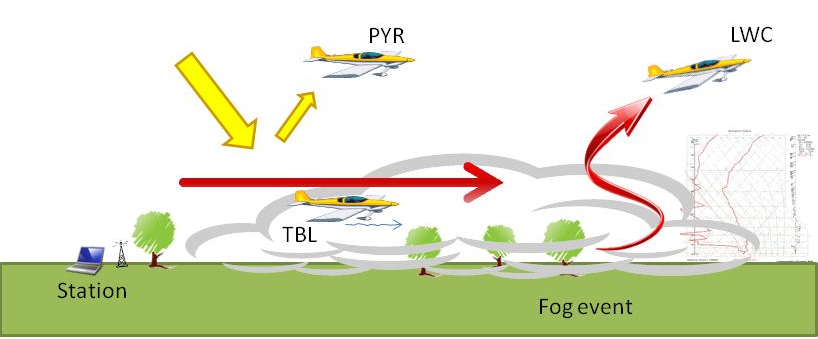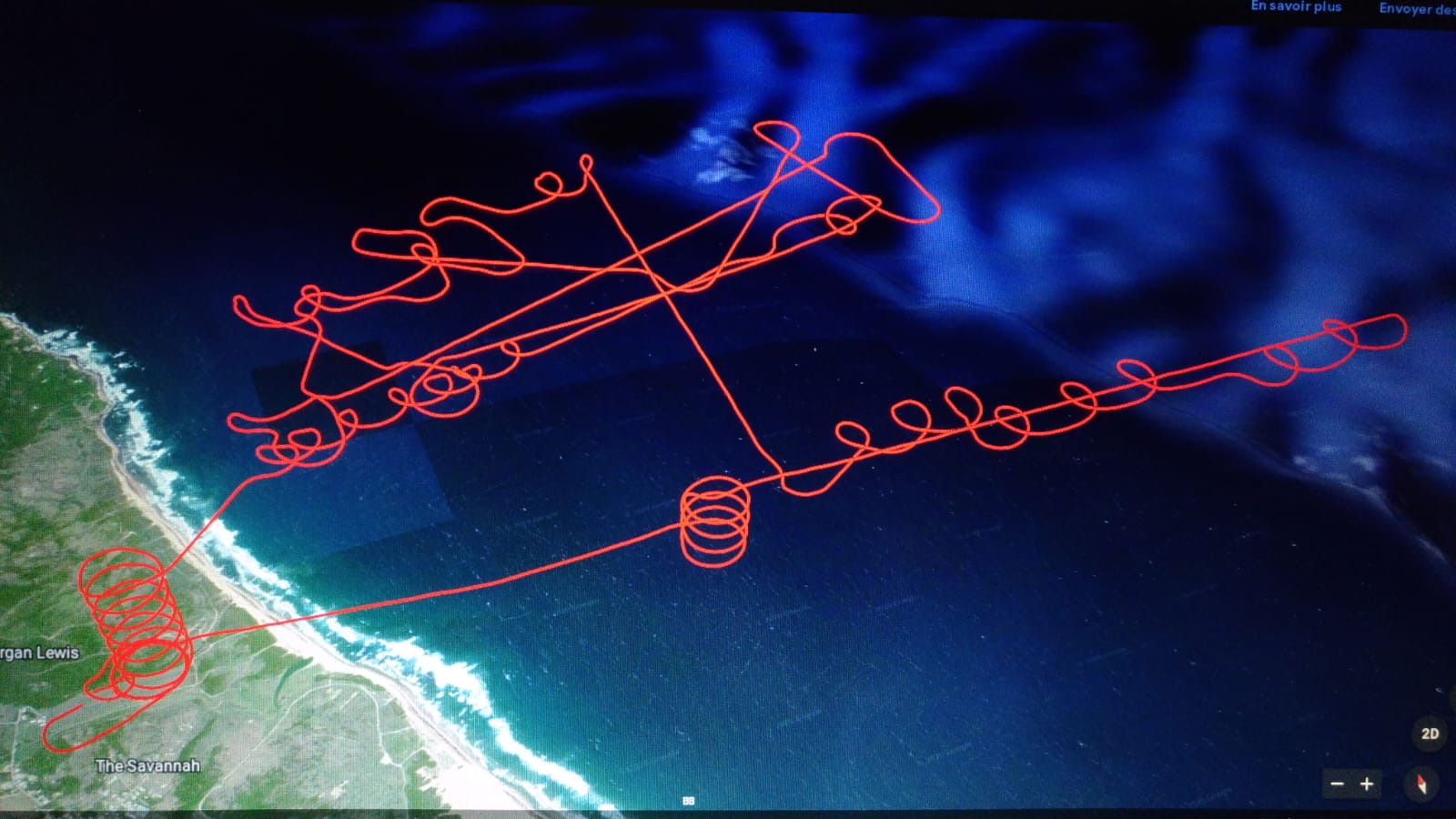VOLTIGE
Vecteur d’Observation de La Troposphère pour l’Investigation et la Gestion de l’Environnement

This project was funded by the National Research Agency (ANR)


This project was funded by the National Research Agency (ANR)


NEPHELAE is atmospheric science driven (with a focus on cloud microphysical processes) via robotic technological development (adaptive, model-guided path planning in a UAV fleet). Essentially, by merging the state-of-the-art technology, the observational tools for conducting research in atmospheric science will take a quantum leap forward. At the same time, we are using this novel approach to address decades-old questions on entrainment and the onset of precipitation that have been limited by traditional observing methods.

The UAVs that have be deployed during a field campaign in Barbados Island are capable of detecting the edges of the clouds and react to adapt their trajectory. Several patterns have been developped in collaboration with the atmospheric scientists. Each of them is dedicated to extract certain parameters at the core of the cloud or at the interface between the free atmosphere and the cloud.

This project was funded by the National Research Agency (ANR)
